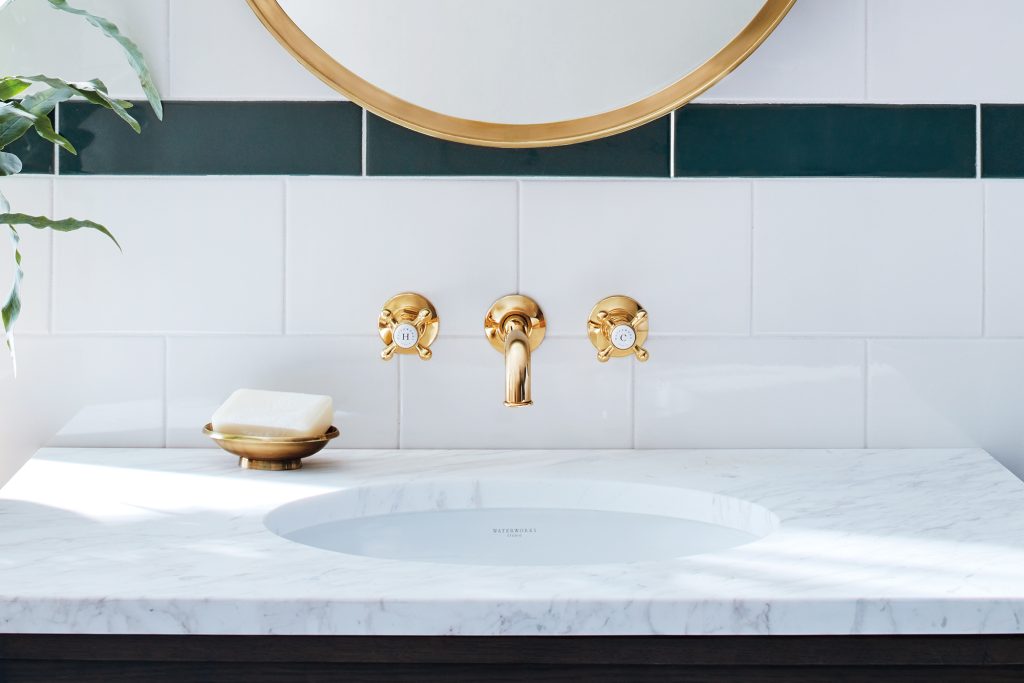
Comparing the Different Styles of Bathroom Design

Modern vs Transitional vs Classic Design Styles
What do you see when you think about your perfect home; is it one where ornate details adorn every surface and rich woods strike the eye; or where clean lines and minimalist elements create a sense of ordered peace; or maybe one that somehow marries these opposing aesthetics into a style of its own. These distinct settings represent the traditional, modern, and transitional design approaches that define contemporary interiors design.
Knowing the differences between traditional vs modern interior design, and how transitional style bridges the two, can augment how you approach your next renovation. Each style carries unique characteristics that are important to understand, particularly when designing high-function spaces like kitchens and bathrooms.
In these settings, the distinction between classic vs transitional or purely modern design often comes down to a few specific elements that, once recognized, allow you to confidently select fixtures that match your chosen aesthetic.
The Timeless Elegance of Traditional Design
Traditional interior design draws from European preferences of the 18th and 19th centuries, embracing ornate details, rich color palettes, and substantial furnishings. This approach values symmetry, formality, and balance. As it was at the time, wood, often in darker finishes, features prominently, while curved lines and decorative moldings create visual interest.
In bathroom and kitchen spaces, traditional design is displayed through detailed cabinetry, natural stone surfaces, and fixtures with period-specific detailing. The Riverun collection from Waterworks, a luxury brand of artisanal-quality bathroom and kitchen fixtures, exemplifies this aesthetic with its structured tri-spoke handles and elegant spout profiles. Similarly, their Foro series incorporates intricate detailing with a distinct European flair, while Highgate presents traditional handles topped white porcelain index buttons that feel substantial in the hand.
The enduring appeal of traditional design lies in its connection to history; these interiors feel established and permanent, but they are not to everyone’s taste. Between traditional and modern interior design, the choice really boils down to whether you want to break entirely new ground or not.
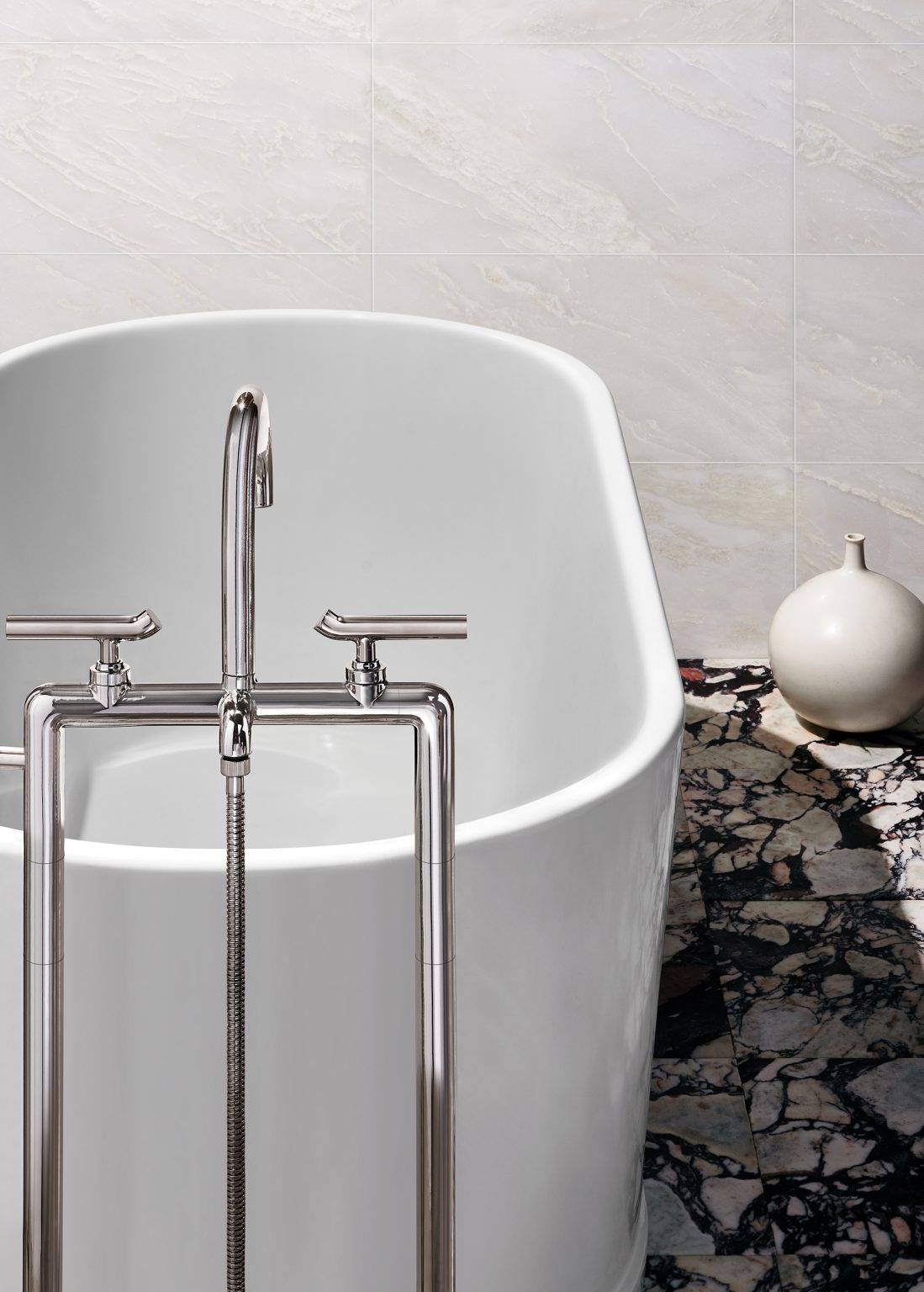
Forward-Looking Modern Design
Where traditional design embraces ornamentation, modern interiors celebrate its absence. Emerging from early 20th-century movements away from Victorian excess, modern design prioritizes clean lines, unadorned surfaces, and the honest expression of materials.
Modern kitchens and bathrooms present sleek, simplified cabinetry, with hardware often integrated or minimized. Waterworks’ Bond collection showcases some of the odd flair of modern design choices, while Finot takes minimalism further with flat, disc-like handles that present a nearly flush profile. Similarly, the fixtures in the Flyte collection have a distinct circular base.
The contrast between modern and traditional interior design becomes particularly evident in fixtures. Where traditional design draws inspiration by looking backward, modern designs charge forward and push boundaries.
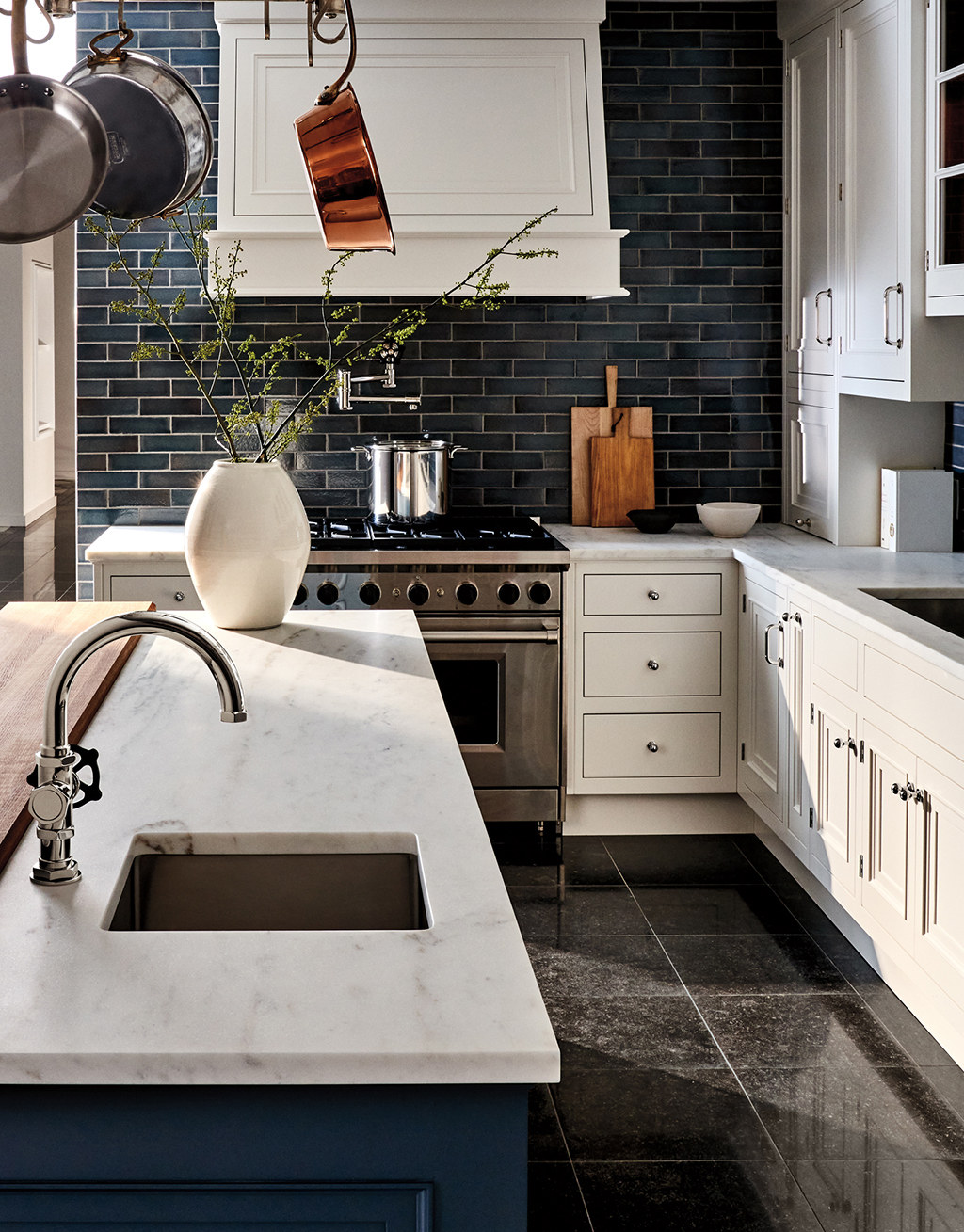
Transitional Design: The Artful Middle Ground
Transitional interiors are deliberate fusion between traditional and modern aesthetics. This approach actually emerged as designers recognized that many clients were drawn to elements from both worlds.
Waterworks’ Henry collection perfectly embodies transitional principles with cross handles and signature raised base. Similarly, their RW Atlas series draws from industrial heritage but refines these references into clean, architectural forms. The Ludlow collection achieves perhaps the most perfect balance that simultaneously catches the eye but doesn’t stand out.
In transitional kitchens and bathrooms, cabinetry often features classic frame construction but with cleaner lines and simpler hardware. Natural materials remain important but typically appear in more contemporary applications. Think honed rather than polished marble, or brass with living finishes rather than highly lacquered surfaces.
Finding Your Personal Style
The conversation around traditional and transitional and modern interior design ultimately leads to personal preference. Many homeowners discover they aren’t particularly drawn to any single approach but rather appreciate elements from different styles. The most well-designed interiors often reflect this personalized integration rather than strict adherence to external rules in one’s own home.
For those exploring these aesthetic options, Waterworks bathroom accessories and fixtures offer entry points into each design language. Their collections span the full spectrum from historically referenced traditional pieces to cutting-edge modern designs, with numerous transitional options bridging these worlds.
To truly understand which approach resonates with your preferences, it’s best to experience using a few different fixtures firsthand. The weight of a traditional lever handle, the precise operation of a modern valve, or the balanced feel of a transitional faucet communicates quality and feel in ways images simply cannot capture. Visit CHANINTR’s showroom to explore Waterworks’ range of luxury fixtures and discover which design language speaks most eloquently to your personal aesthetic.
More from blog

Compare classic vs transitional and modern design aesthetics through Waterworks' distinctive collections and learn each style's unique characteristics
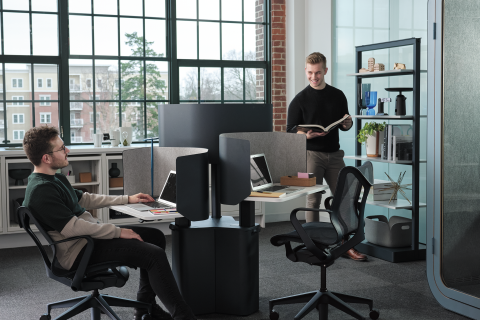
Compare classic vs transitional and modern design aesthetics through Waterworks' distinctive collections and learn each style's unique characteristics
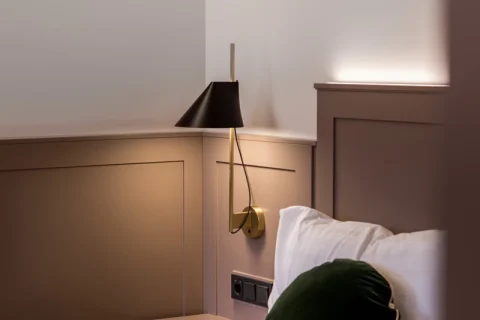
Compare classic vs transitional and modern design aesthetics through Waterworks' distinctive collections and learn each style's unique characteristics
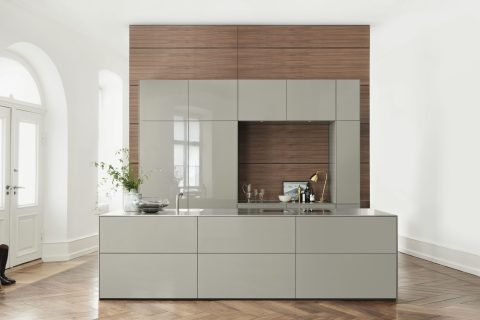
Compare classic vs transitional and modern design aesthetics through Waterworks' distinctive collections and learn each style's unique characteristics
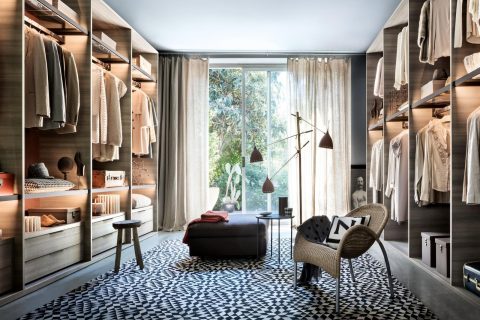
Learn walk-in closet plans that fit your lifestyle using custom systems, open designs, and display-worthy solutions from Chanintr.

Are penthouses worth it? Chanintr Residences proves they are, offering world-class design, full-floor privacy, and smart luxury living in Bangkok
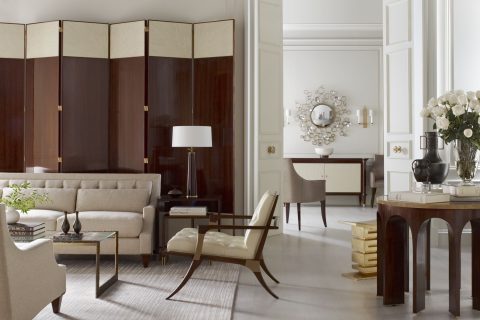
Explore the essence of heirloom quality lighting & crystal and why these extraordinary pieces define spaces and transcend generations at CHANINTR
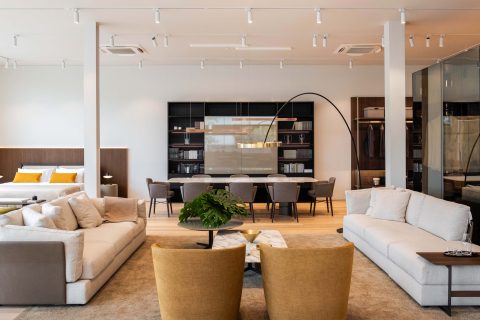
Explore the benefits of incorporating luxury furniture into your living spaces, and what makes them worthy investments.
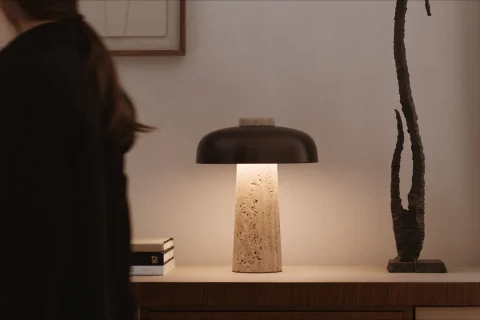
Experience the fusion of art and functionality with the Reverse Table Lamp by Audo Copenhagen, available exclusively at CHANINTR.


